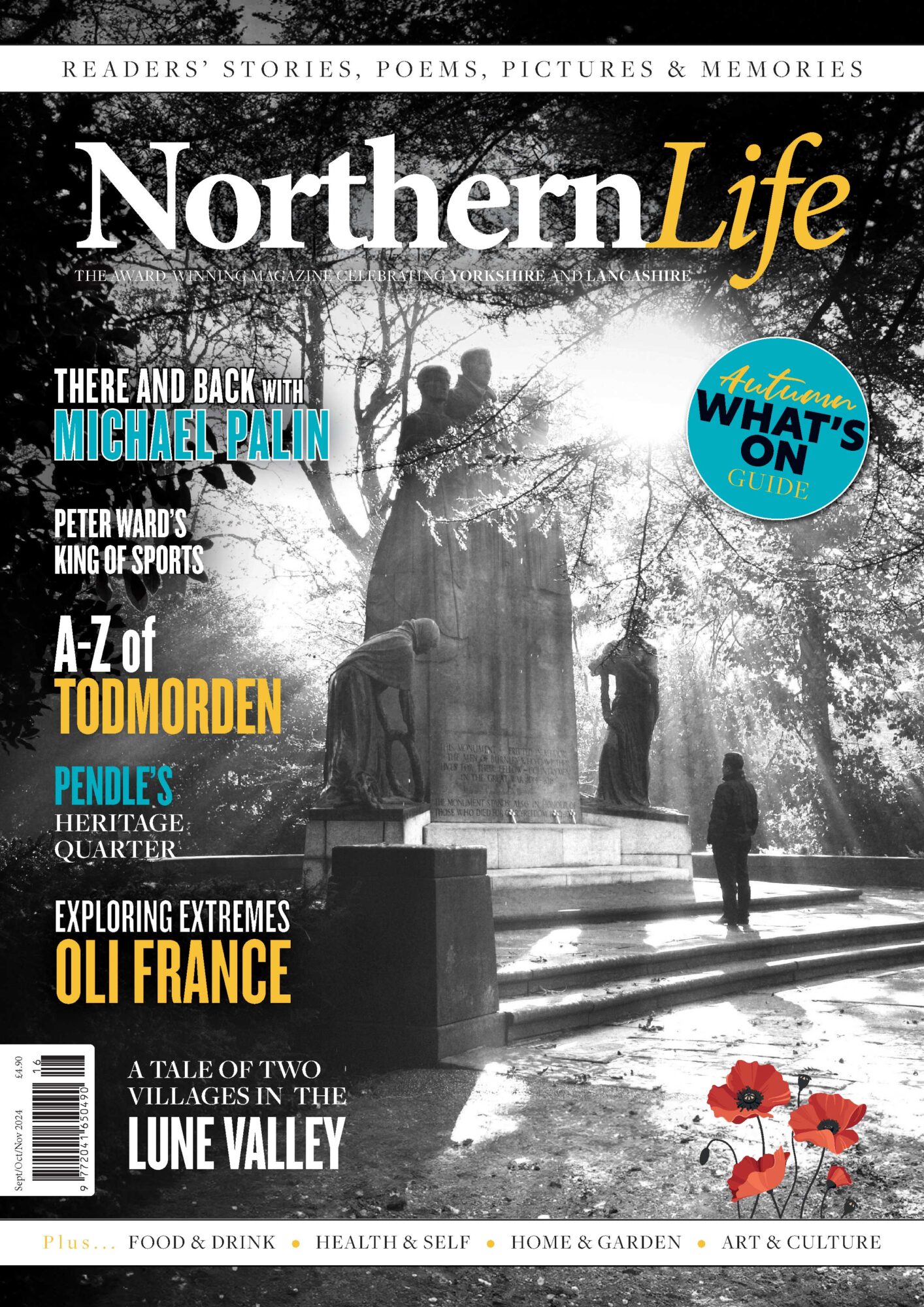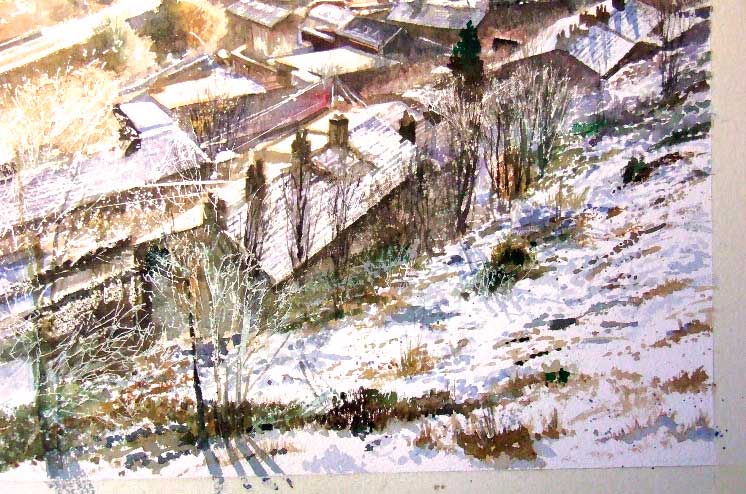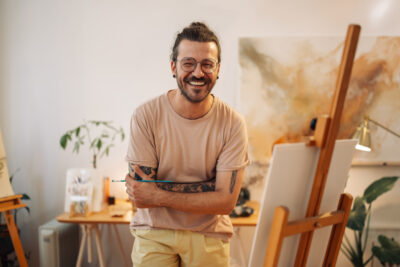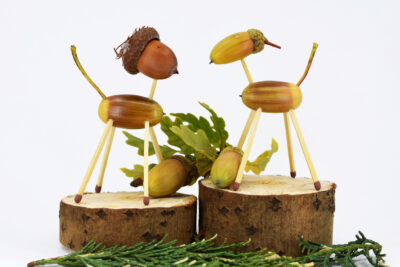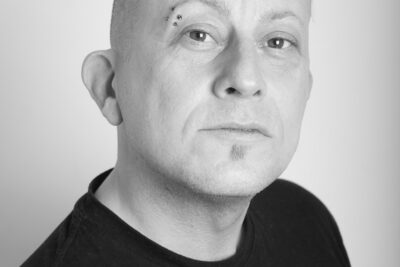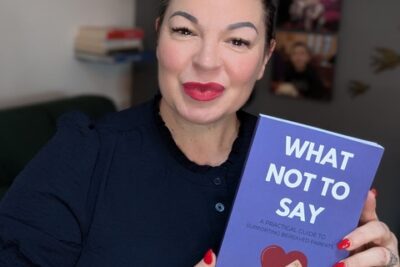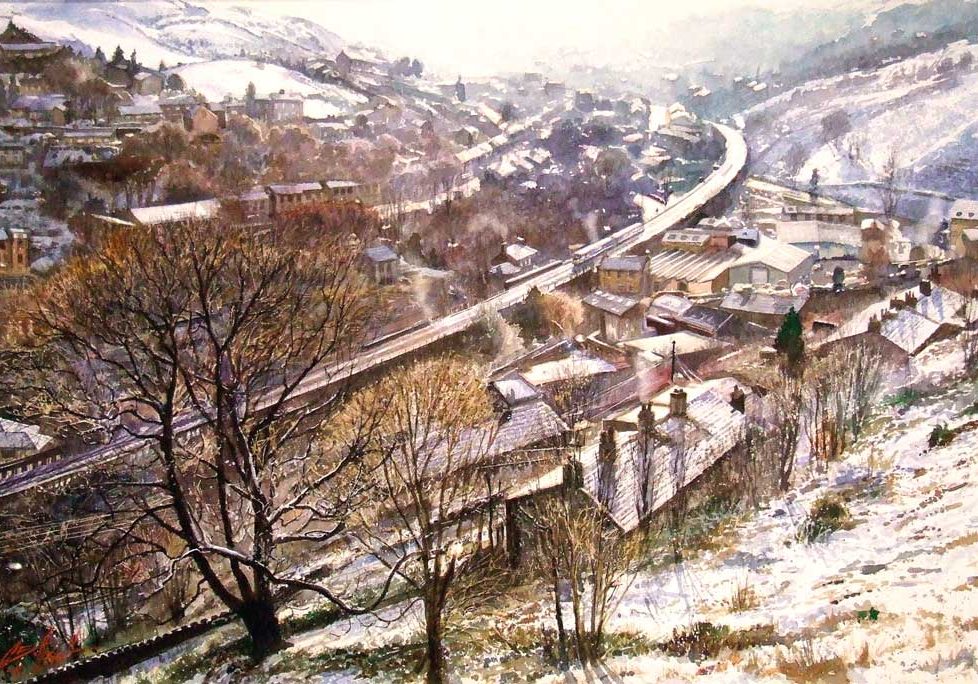
Painting landscapes in watercolour
by Geoff Butterworth
Quite often I get to a point, when jobs are completed and commissions are done and I look out of the window and all I see is rain, especially where I live, (turns round and has a look and yes, it’s raining). No point going out in search of subjects in this weather; I will find something to do.

Early stage, with the colours selected and the blue masking fluid applied to the sketch
So with a choice of woodwork, I have more shelves than wall space in my studio and I hate sawdust, then I think I might as well do another painting. I do have plenty but what the heck, this one will be the best I have done. I always set out with that in mind but there are so many variables that somewhere along the way something will spring a surprise and chaos takes over, concentration is the key when painting and being a music addict my mind will drift off and I’m on automatic pilot. My wife will be well aware because the speakers will be thumping and I will be whistling my head off.
I have a vast collection of images to choose from anyway so no need to step out, just have a look at what is fairly new or what springs to mind from the past. I soon found the one, taken a year ago and full of light and dramatic contrast, so I thought it would be a good subject for a watercolour lesson.
The subject location is Walsden. Not far from home and set on a winter morning, the high vantage point is dramatic and so is the lighting. I thought it would make a great painting so I set out to work it on a full sheet with a small border. I spent a good couple of hours drawing it out with a fine sharp pencil and then stretched the paper ready to paint on. This involves wetting the opposite side, laying it flat and soaking it with a sponge all over then sitting back having a brew and choosing the paints that I will need. The paper needs about 40 minutes to expand and I keep adding a bit more water to thoroughly soak it.

The painting in progress, gradually working with stronger colours and adding and removing the masking fluid
When it is ready the paper will be quite flat and I just dab off any wetness with some tissue before turning it over.
The drawing is dry, the paper is untouched and ready to paint on. I just stick it down to a drawing board with gum strip and blow it slowly with a hairdryer to finish off the process. This is my way of stretching as opposed to soaking in a bath and gumming down and leaving it 24 hours to dry and then drawing out the image.
By the time you have chosen your paint colours you are ready to start painting. The colours I selected were cobalt turquoise, French ultramarine, Payne’s grey, Davy’s grey, Naples yellow, raw umber, Vandyke brown, crimson lake, cobalt violet, ivory black and yellow ochre, and of course masking fluid. I prefer to use the blue masking fluid that is water soluble and has little smell and washes out of the brushes more easily, plus it is very easy to see on the paper too. You can see it on the picture above, added wherever strong light is needed in areas where you would need to carefully paint round. You can paint over this stuff and rub it off later revealing untouched paper. Working from the farthest point using thin colour washes and slowly building up the image the first couple of hours was spent convincing myself that this was going to be a good painting. By now I will be whistling away like a budgie.
The process continues down the paper, working with slightly stronger colours and removing the masking fluid once it has been painted over, so any work can be completed on the bare shapes, mostly roofs and the sweeping railway line that runs through the picture. By now the colours have turned slightly darker from the turquoise and the blues with the additions of violet, crimson lake and shadows made up from Payne’ s grey or Vandyke brown. More masking fluid was needed on the tree branches and specks of light on the snowy ground.
One successful area inspires you to move on to the next; another piece in the jigsaw.
The pictures show the progress of the painting from top down, gradually working with stronger colours and adding and removing the masking fluid as necessary, the end result after three days of concentrated effort is a dramatic painting. I have probably exhausted my whistling repertoire, too.
The only thing left to do is to frame it and sell it. I have done the first, and the second might take a bit longer but never mind.

The finished watercolour, called Running on Time
